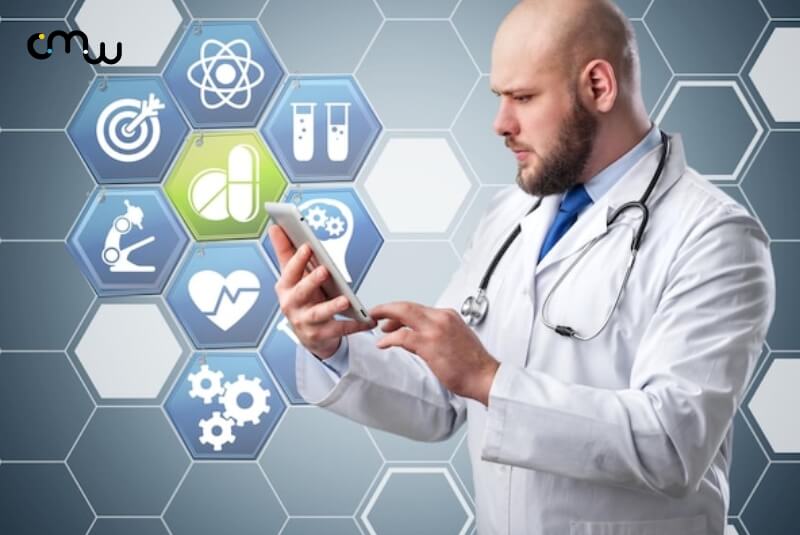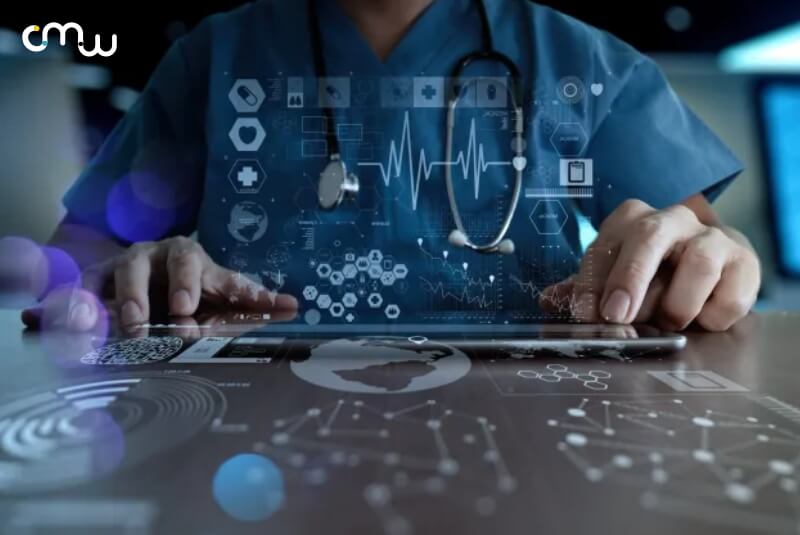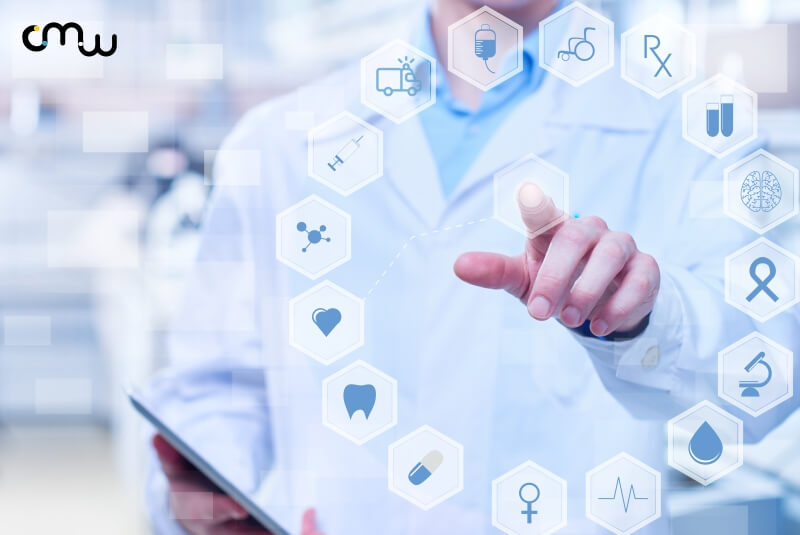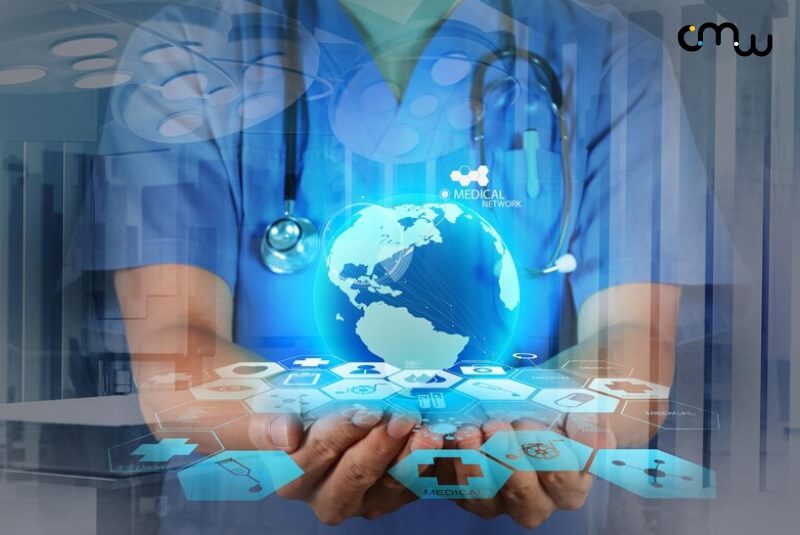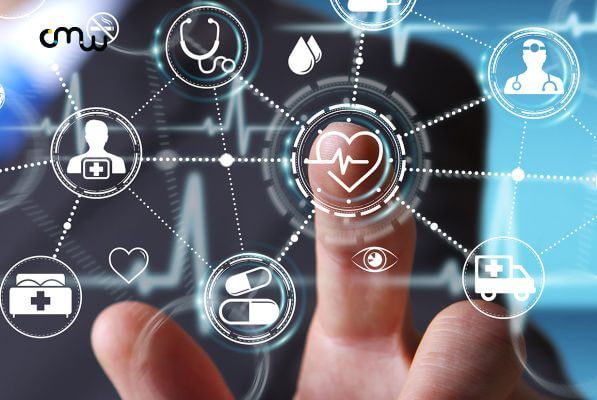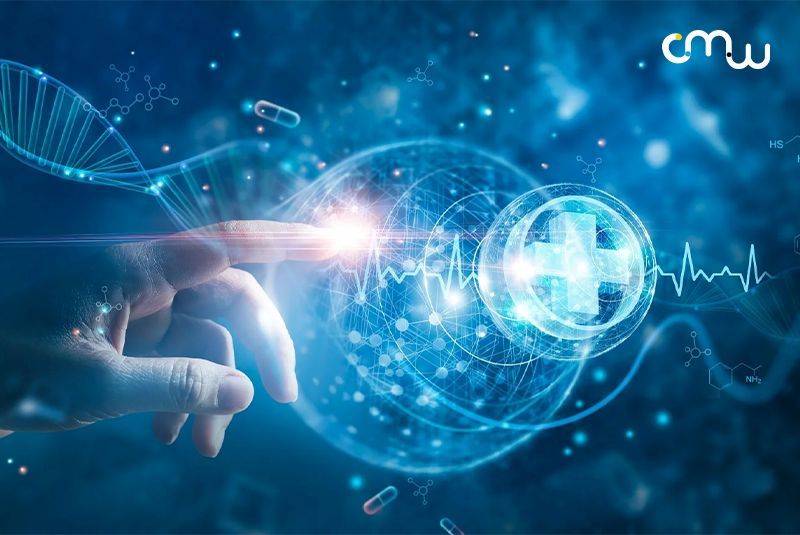Organ donation and transplantation is an important topic in the healthcare industry, as it saves countless lives every year. However, the shortage of available organs for transplant has led to long waiting lists, and many patients die while waiting for a suitable organ. This is where the advancements in the field of organ donation and transportation come in.
According to the United Network for Organ Sharing (UNOS), there are currently over 100,000 individuals in the United States waiting for a lifesaving organ transplant. Unfortunately, there are not enough organs to meet this demand, leading to long waiting lists and many patients dying while waiting for a suitable organ.
The complexity of the transplant process also poses significant challenges. Identifying a suitable donor can be a time-consuming process, and removing and transporting the organs can be risky and costly. Furthermore, the risk of organ rejection remains a significant concern, with patients requiring immunosuppressive therapy to prevent rejection.
Despite these challenges, significant progress has been made in organ donation and transplantation over the years. The development of donor registries and social media campaigns has helped to raise awareness about the need for organ donors, increasing the number of available organs for transplant. Improvements in organ preservation techniques and transportation have also contributed to the success of transplant surgeries.
However, more needs to be done to address the challenges facing organ donation and transplantation. Research and development in this area must continue to improve the efficiency and safety of the transplant process, reduce waiting times for patients, and increase the number of available organs for transplant. By doing so, we can save more lives and improve patient outcomes.
Challenges of Organ Donation & Transplantation
Organ donation and transportation face several challenges that can affect the success of transplant surgeries and patient outcomes. Some of the key challenges include:
Shortage of available organs: One of the most significant challenges facing organ donation and transplantation is the shortage of available organs. There are not enough organs to meet the demand, leading to long waiting lists and many patients dying while waiting for a suitable organ.
Complexity of the transplant process: The transplant process is complex, requiring coordination between various healthcare professionals and organizations. Identifying a suitable donor, removing the organs, transporting them to the recipient, and performing the transplant surgery can be time-consuming, costly, and risky.
Risk of organ rejection: Even if a suitable donor is identified and the transplant surgery is successful, there is still a risk of organ rejection. The recipient's immune system may recognize the transplanted organ as foreign and attack it, leading to organ failure.
Organ preservation and transportation: The preservation and transportation of organs can also pose significant challenges. Organs must be stored at the correct temperature and humidity levels to maintain their viability, and transportation can be risky and costly.
Ethical and legal issues: Organ donation and transplantation also raise ethical and legal issues, including the allocation of organs, consent for organ donation, and the commercialization of organ donation.
Addressing these challenges requires a coordinated effort between healthcare professionals, organizations, and policymakers. Improvements in organ preservation techniques, transportation, and allocation, as well as raising awareness about the importance of organ donation, can help to increase the number of available organs for transplant
The Current State of Organ Donation and Transplantation
Organ donation and transplantation face several challenges, including the shortage of available organs, the complexity of the transplant process, and the risk of organ rejection. The current process involves identifying a suitable donor, removing the organs, transporting them to the recipient, and performing the transplant surgery. This process can be time-consuming, costly, and risky.
Organ donation and transplantation is constantly evolving, with advancements in technology, research, and public awareness helping to improve patient outcomes and increase the number of available organs for transplant. In recent years, there has been a growing emphasis on developing innovative solutions to address the challenges facing organ donation and transplantation, such as using artificial organs or bioengineering organs for transplantation.
Additionally, there has been a focus on improving the transplant process to make it more efficient and cost-effective. This includes using telemedicine to conduct pre- and post-transplant consultations, implementing data analytics to better match donors and recipients, and streamlining the transplant evaluation process to reduce waiting times.

The Advancements in Organ Donation
One of the latest advancements in organ donation is the use of social media campaigns to raise awareness about the need for organ donors. Donor registries have also been developed, allowing individuals to register as donors and make their wishes known to their families. Organ preservation techniques have also improved, allowing organs to be stored for longer periods and increasing the chances of a successful transplant.
Advancements in technology and medical research have led to several breakthroughs in the field of organ donation and transplantation. For instance, the development of organ preservation solutions has made it possible to preserve organs for longer periods, increasing the likelihood of successful transplant surgeries.
New techniques for removing and transporting organs have been developed, making it easier and safer to transport organs to different locations. The use of 3D printing technology has also allowed for the creation of artificial organs, providing a potential solution to the shortage of available organs for transplant.
Moreover, advancements in genetic engineering and stem cell research have shown potential for growing new organs from a patient's own cells, reducing the risk of organ rejection and the need for immunosuppressive therapy.
The advancements in organ donation and transplantation have provided hope for patients in need of lifesaving transplants, and ongoing research and development in this area hold promise for further progress in the future.
The Advancements in Organ Transportation
Advancements in organ transportation have also played a critical role in improving the efficiency and safety of organ transportation. Drones have been developed to transport organs, reducing the time it takes to transport them and minimizing the risk of damage during transportation. Autonomous vehicles have also been used to transport organs, improving the speed and safety of transportation. Special organ transportation containers have also been developed, ensuring that organs are transported at the correct temperature and humidity levels.
Advancements in organ transportation have been critical in improving the success of organ donation and transplantation. One major advancement has been the development of specialized transport systems, such as insulated coolers and temperature-controlled containers, that can maintain organs at the optimal temperature and humidity during transportation.
Another important development has been the use of drones to transport organs to patients in need, particularly in rural or remote areas where transportation by traditional means can be difficult or time-consuming.
Advancements in telemedicine and digital health technology have made it possible for healthcare professionals to monitor the status of organs during transportation and to provide real-time feedback to ensure the safe and timely delivery of organs to their destination. Ongoing research and development in this area are needed to continue to improve the transportation of organs and address the challenges that still exist in organ donation and transplantation.

The Advancements in Organ Donation
One of the latest advancements in organ donation is the use of social media campaigns to raise awareness about the need for organ donors. Donor registries have also been developed, allowing individuals to register as donors and make their wishes known to their families. Organ preservation techniques have also improved, allowing organs to be stored for longer periods and increasing the chances of a successful transplant.
Advancements in technology and medical research have led to several breakthroughs in the field of organ donation and transplantation. For instance, the development of organ preservation solutions has made it possible to preserve organs for longer periods, increasing the likelihood of successful transplant surgeries.
New techniques for removing and transporting organs have been developed, making it easier and safer to transport organs to different locations. The use of 3D printing technology has also allowed for the creation of artificial organs, providing a potential solution to the shortage of available organs for transplant.
Moreover, advancements in genetic engineering and stem cell research have shown potential for growing new organs from a patient's own cells, reducing the risk of organ rejection and the need for immunosuppressive therapy.
The advancements in organ donation and transplantation have provided hope for patients in need of lifesaving transplants, and ongoing research and development in this area hold promise for further progress in the future.
The Advancements in Organ Transportation
Advancements in organ transportation have also played a critical role in improving the efficiency and safety of organ transportation. Drones have been developed to transport organs, reducing the time it takes to transport them and minimizing the risk of damage during transportation. Autonomous vehicles have also been used to transport organs, improving the speed and safety of transportation. Special organ transportation containers have also been developed, ensuring that organs are transported at the correct temperature and humidity levels.
Advancements in organ transportation have been critical in improving the success of organ donation and transplantation. One major advancement has been the development of specialized transport systems, such as insulated coolers and temperature-controlled containers, that can maintain organs at the optimal temperature and humidity during transportation.
Another important development has been the use of drones to transport organs to patients in need, particularly in rural or remote areas where transportation by traditional means can be difficult or time-consuming.
Advancements in telemedicine and digital health technology have made it possible for healthcare professionals to monitor the status of organs during transportation and to provide real-time feedback to ensure the safe and timely delivery of organs to their destination. Ongoing research and development in this area are needed to continue to improve the transportation of organs and address the challenges that still exist in organ donation and transplantation.




